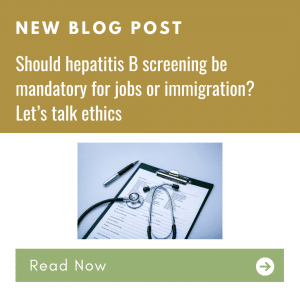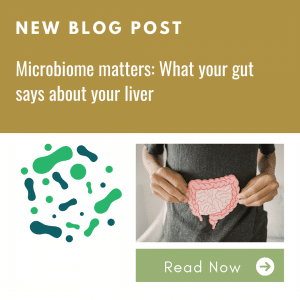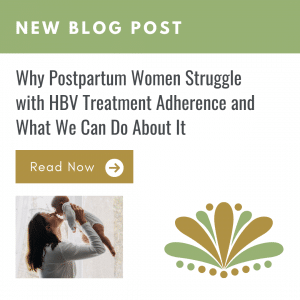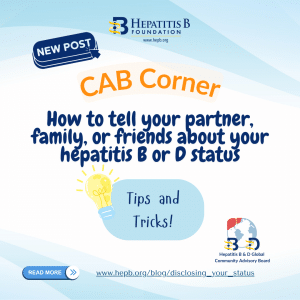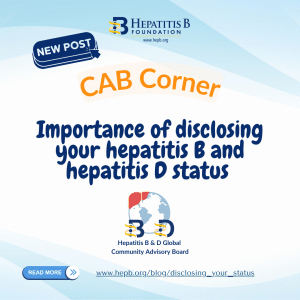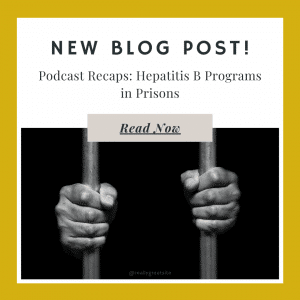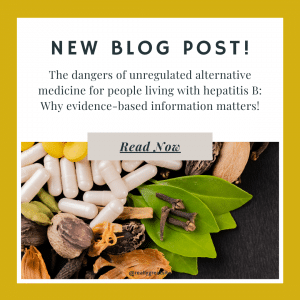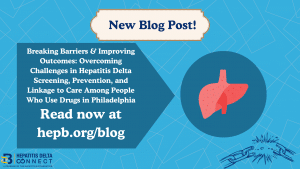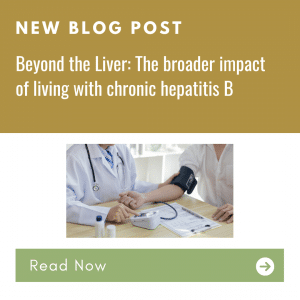
When we talk about chronic hepatitis B virus (HBV) infection, the focus is usually on the liver and for good reason. HBV is a leading cause of liver cirrhosis and liver cancer. However, new research shows that HBV’s impact goes far beyond the liver. It can increase the risk of other cancers in the body.
Hepatitis B and non-liver cancers
A major population-based study in China found that people with chronic hepatitis B had significantly higher risks of several types of cancer beyond liver cancer. These included stomach, colorectal, pancreatic, oral cancers, and lymphoma (a type of cancer that affects the immune system). For example, the risk of lymphoma was nearly double in HBV-positive individuals compared to those without the virus (Song et al., 2019). This suggests that HBV may play a role in cancer development outside the liver, possibly through long-term inflammation or high viral load that affects other tissues and nearby cells.
How hepatitis B affects other organs
Hepatitis B isn’t limited to liver cells. It can also be found in the pancreas, kidneys, and blood cells, where it may cause inflammation and target the immune system (Tang, 2020). Long-term inflammation, especially without proper treatment or management, caused by hepatitis B can raise the risk of cancer, and, because the virus can stay in different parts of the body, not just the liver, it may help explain why it’s linked to other types of cancers.
In addition to cancer, hep B can also cause inflammation in other organs. One example is kidneys. Some people with HBV develop a condition called glomerulonephritis, which is a type of kidney inflammation. Over time, this can lead to serious kidney damage if not treated.
HBV may also be linked to certain blood disorders and metabolic issues, especially when combined with other health problems such as diabetes or MASLD (Metabolic Dysfunction-Associated Steatotic Liver Disease. These conditions can make it harder for the body to stay balanced and healthy (Karayiannis, 2017).
Mental and emotional health
Living with chronic hepatitis B often can affect a person’s mental health. Some people feel anxious, stressed, or even depressed because of the stigma, the fear of passing the virus to others, or worries about their future health. These feelings can make it more challenging to stay on top of treatment and care.
What Can Be Done?
Fortunately, hepatitis B is manageable. Antiviral medications can suppress the virus, which may reduce the risk of complications and help with inflammation of not just liver cells but also other cells and tissues in the body. Regular monitoring and early treatment are key, not just for liver health, but for preventing other health issues linked to hepatitis B. Learn more about hepatitis B management and updated recommendations here. Check out our Liver Cancer Connect program to learn more about liver cancer prevention and management.
While liver cancer is one of the most serious outcomes of chronic hepatitis B, the virus can also harm other parts of the body, including the stomach, pancreas, and even the immune system. That’s why managing hepatitis B isn’t just about protecting the liver; it’s about protecting your whole health. Staying connected to care, getting regular checkups, and following treatment plans are key to detecting problems early and living well with hepatitis B.
References:
Song, C., Lv, J., Liu, Y., et al. (2019). Associations between hepatitis B virus infection and risk of all cancer types. JAMA Network Open, 2(6), e195718. https://doi.org/10.1001/jamanetworkopen.2019.5718
Tang, H. (2020). Hepatitis B Virus Infection: Molecular Virology to Antiviral Drugs. Springer. https://doi.org/10.1007/978-981-13-9151-4
Karayiannis, P. (2017). Hepatitis B virus: virology, molecular biology, life cycle and intrahepatic spread. Journal of Gastroenterology, https://doi.org/10.1007/s12072-017-9829-


